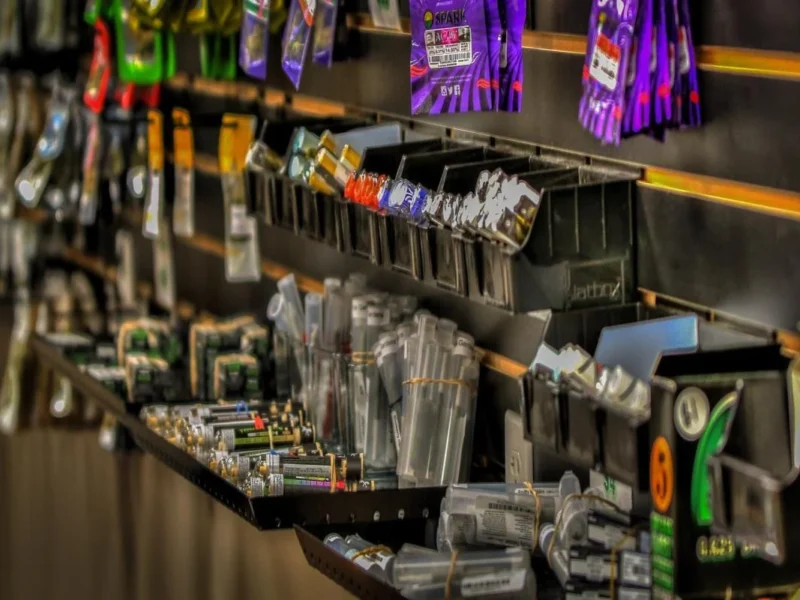In the realm of electronics and technology, the intricate dance of electrons relies heavily on a tiny but critical component – the Printed Circuit Board (turnkey pcb assembly). These unassuming boards serve as the backbone of nearly every electronic device, facilitating the seamless flow of electrical signals and data. PCB fabrication is an artful process that involves transforming a design concept into a functional, tangible reality. This article delves into the fascinating world of PCB fabrication, exploring its intricacies and significance.
Design Blueprint – The Genesis of a PCB:
The journey of a PCB begins with a detailed design blueprint. This is where engineers and designers translate their creative ideas into a practical layout. Advanced software tools are employed to craft these blueprints, allowing for precise placement of components and trace routing. The designer must consider factors like signal integrity, power distribution, and electromagnetic compatibility to ensure the PCB’s functionality and reliability.
Materials Matter – The Substrates and Copper Foils:
The next step is selecting the appropriate materials. The most common choice for the substrate is fiberglass-reinforced epoxy resin, but other options like ceramic and flexible materials are used in specialized applications. Copper foils are laminated onto the substrate, forming the conductive pathways for electrical connections. The thickness and quality of these materials greatly impact the PCB’s performance and durability.
Photoresist and Etching – Crafting the Circuitry:
With the substrate and copper foils in place, a layer of photoresist is applied. This light-sensitive material covers the board, and the PCB design is printed onto it. UV light exposure hardens the photoresist in areas where traces should remain. The unhardened areas are then etched away, leaving behind the desired copper pathways. Multiple layers of copper and insulating material are often stacked to create complex, multilayer PCBs.

